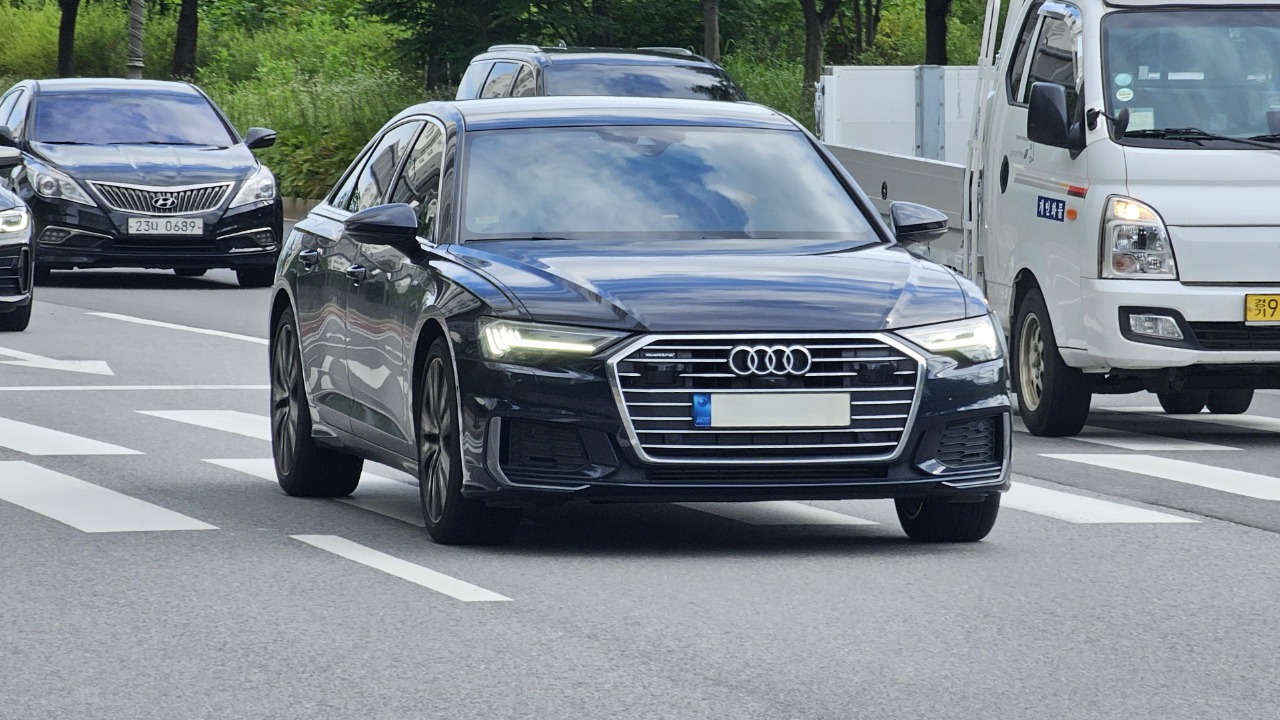
In recent years, the European Union has been at the forefront of implementing stringent environmental and safety regulations. With the EU aiming to significantly reduce greenhouse gas emissions and improve road safety, certain types of vehicles might soon face bans in Europe. These regulations could affect a wide range of vehicles, from older models to high-performance sports cars.
High-Emission Diesel Vehicles
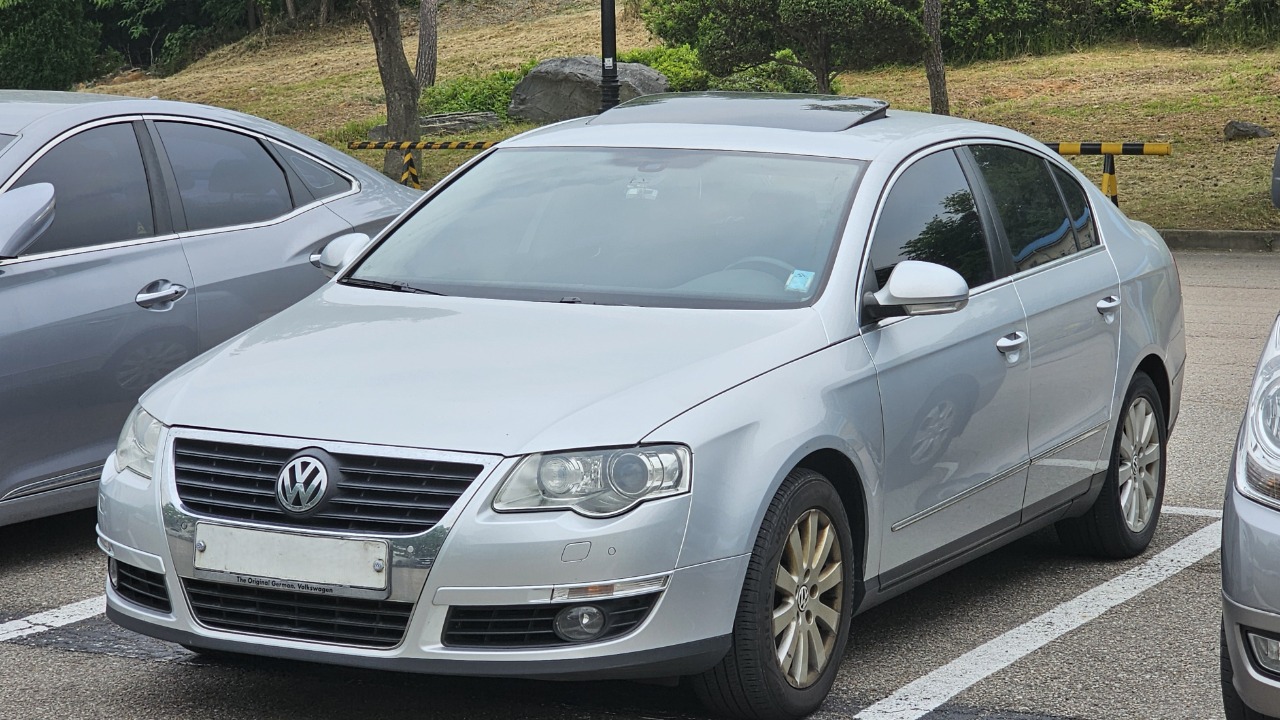
Diesel vehicles have long been subject to scrutiny due to their high nitrogen oxide emissions. Models such as the Volkswagen Passat TDI (pre-2015) and the Audi A6 TDI are examples of cars that might soon be banned. These vehicles are often seen as major contributors to urban air pollution and health issues. As cities across Europe, including Paris and Madrid, enforce low-emission zones, even diesel cars adhering to Euro 5 standards may face restrictions.
The European Union’s goal is to phase out high-emission diesel vehicles by 2030. This push is part of a broader strategy to achieve carbon neutrality by 2050. Alongside national bans, manufacturers are shifting towards producing electric and hybrid models, aligning with the EU’s long-term environmental objectives.
Older Gasoline Cars
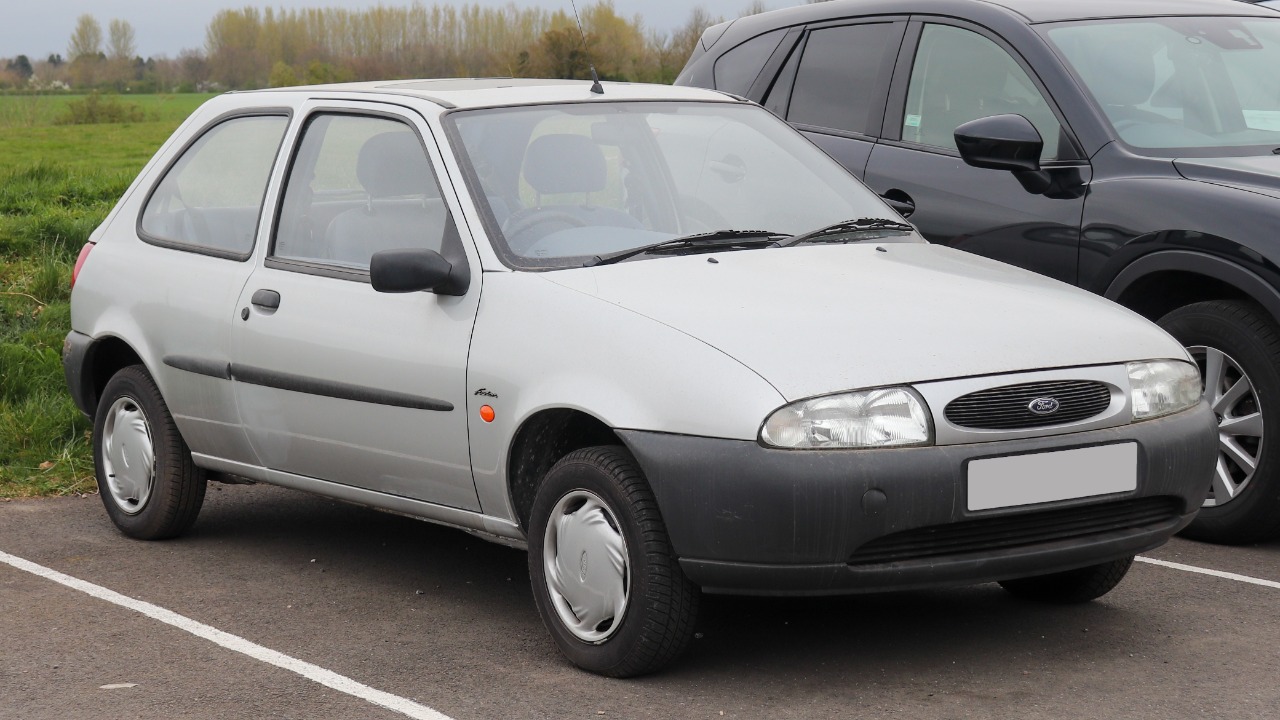
As the EU moves towards greener alternatives, older gasoline cars may soon face bans. Vehicles like the Ford Fiesta from the early 2000s and the Opel Astra 1.6L are prime candidates for being phased out. These models often lack modern emission-reducing technologies, making them less environmentally friendly compared to newer models.
Furthermore, the EU’s proposed ban on the sale of new gasoline cars by 2035 is a significant step towards reducing the environmental impact of road transport. This regulation will inevitably push older gasoline cars out of circulation, as they fail to meet evolving emission standards.
Large SUVs and Trucks
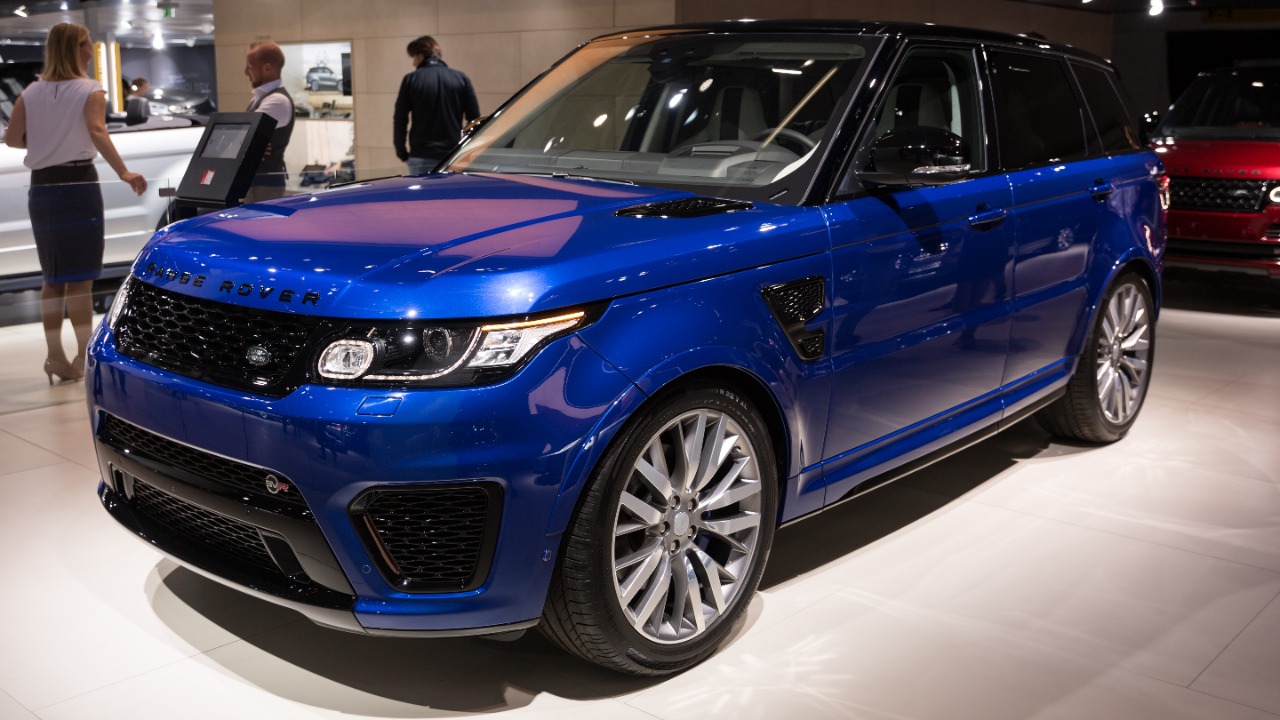
Large SUVs and trucks, such as the Range Rover Sport and the Ford F-150, are under threat due to their substantial carbon footprints. The EU is particularly concerned about the impact of these vehicles on urban pollution and climate change. Initiatives are underway to limit their use in city centers and other areas sensitive to emissions.
While these vehicles offer advantages in terms of space and power, their environmental drawbacks are significant. New policies may include higher taxes and stricter regulations, encouraging owners to transition to more sustainable options like electric SUVs and trucks.
Non-Electric Sports Cars
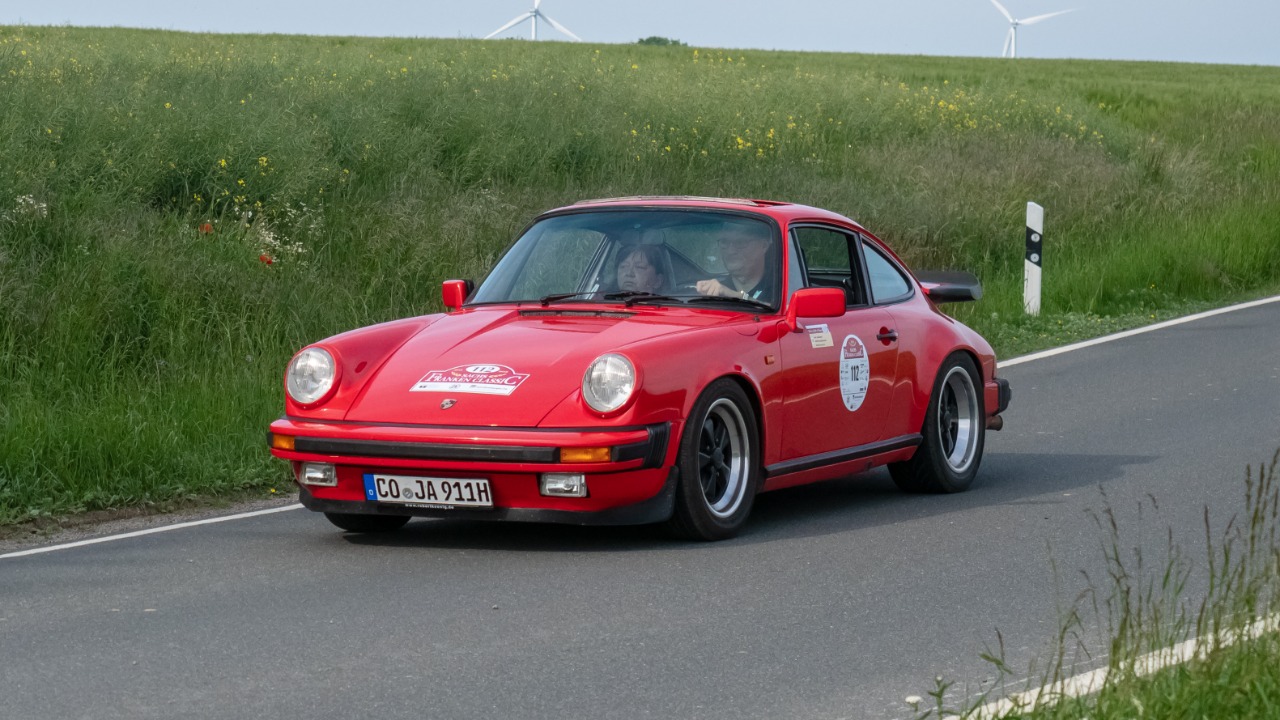
High-performance sports cars, including models like the Porsche 911 and Ferrari 488, are known for their speed and luxury but are also notorious for their fuel consumption and emissions. These cars might soon be restricted as the EU aims to cut down on vehicles that contribute significantly to carbon emissions.
As Europe shifts towards electrification, manufacturers are being urged to develop electric versions of their sports cars. While the transition may take time, the pressure is on for automakers to innovate and comply with upcoming regulations.
Non-Compliance Modified Vehicles
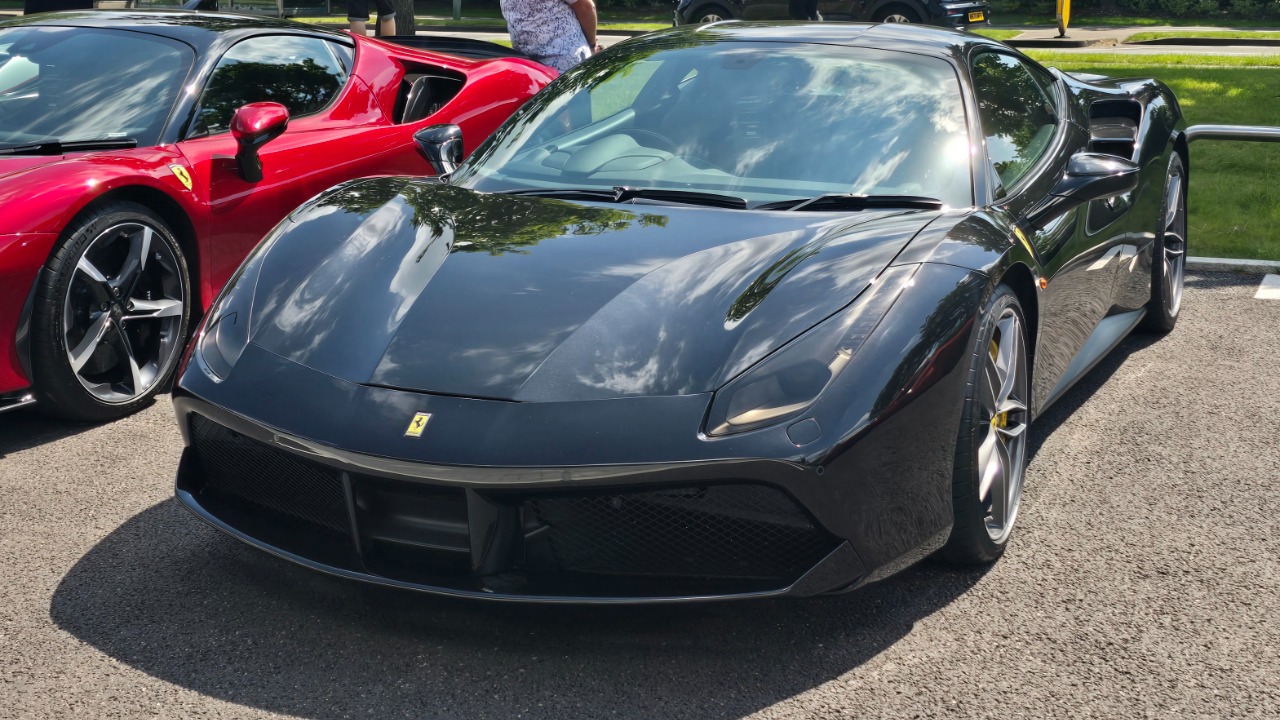
Vehicles that have been modified in a way that makes them non-compliant with EU standards are also at risk of being banned. These include cars with removed catalytic converters or altered exhaust systems, which increase emissions beyond legal limits.
Regulations are tightening to ensure all vehicles on European roads meet strict environmental standards. Owners of modified vehicles might face penalties or be required to revert their cars to comply with existing laws, further reinforcing the EU’s commitment to sustainability.
Cars Without Advanced Safety Features
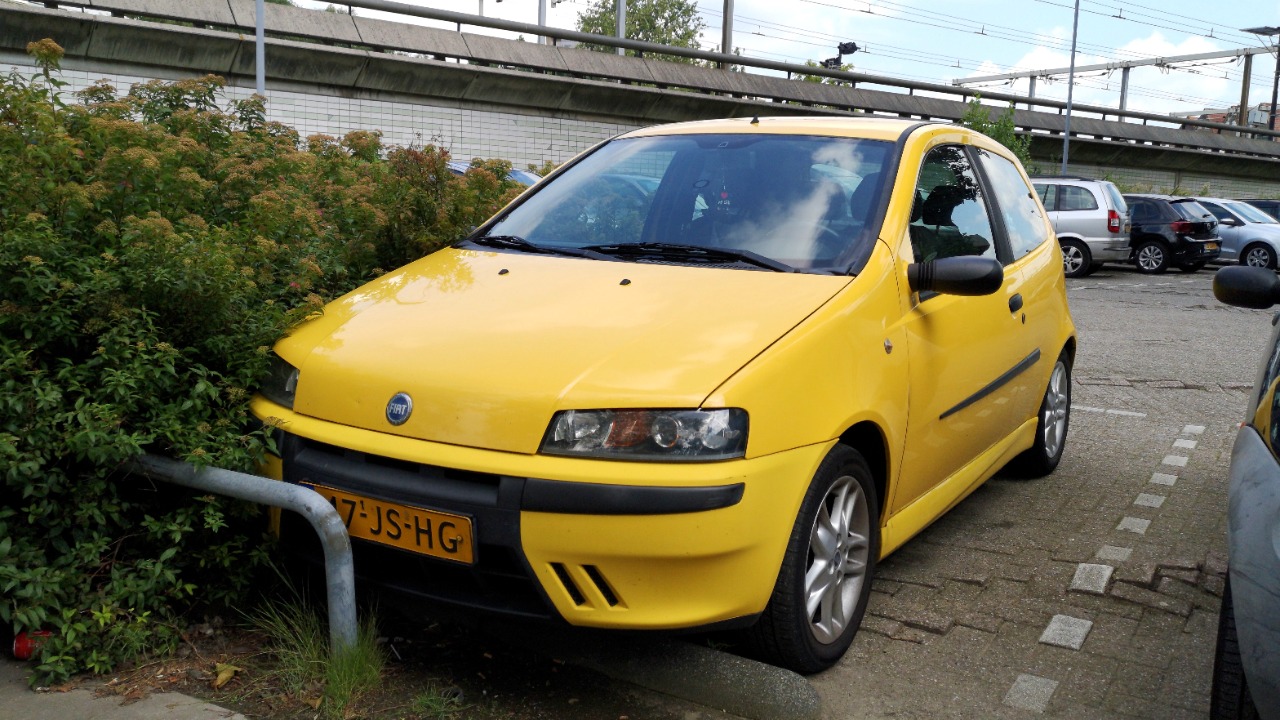
Safety is a top priority for the EU, and cars lacking advanced safety features, such as automatic emergency braking or lane-keeping assist, may be banned in the future. Older models, like the Renault Clio pre-2005 or the Fiat Punto, often fall short of these expectations.
As technology advances, the EU is pushing for universal adoption of these features to enhance road safety and reduce accidents. Future regulations could mandate the inclusion of such technologies in all new cars sold in Europe.
High Noise Pollution Vehicles
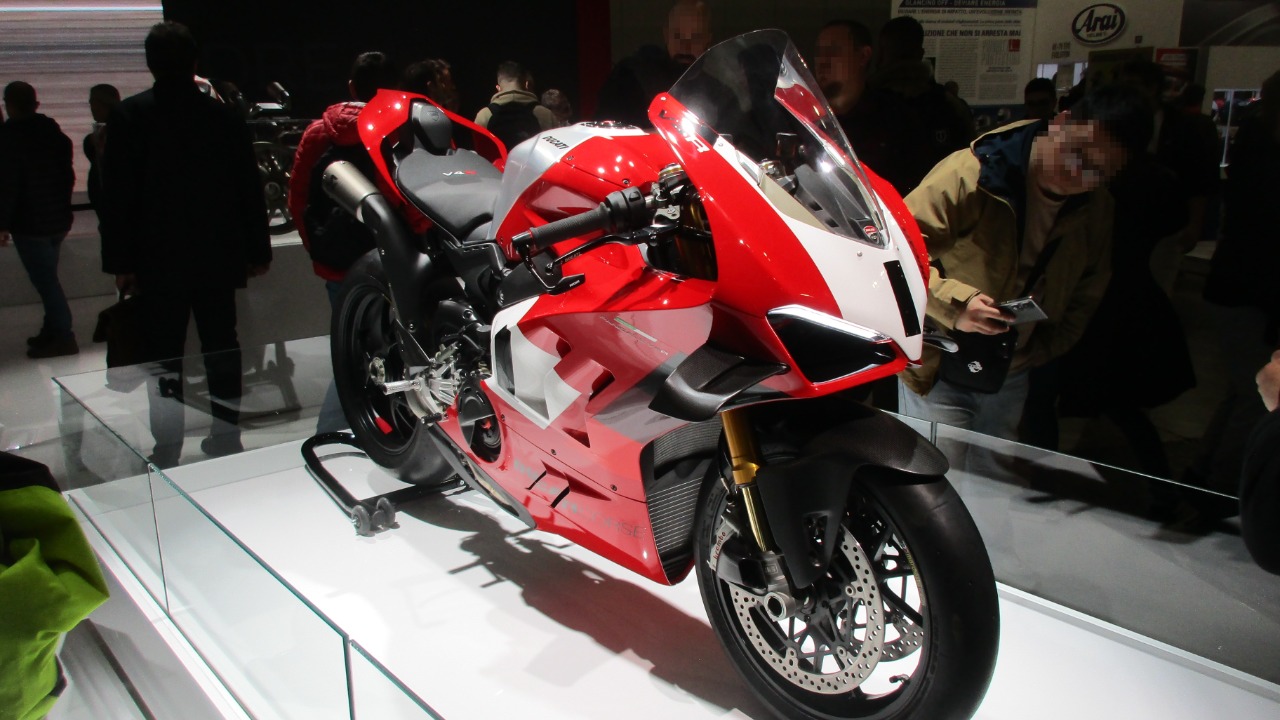
Vehicles contributing to noise pollution, such as certain motorcycles and sports cars, are under scrutiny. Models like the Ducati Panigale and the Lamborghini Huracán are known for their loud exhausts, which can exceed noise limits in urban environments.
Efforts to curb noise pollution are expected to intensify, with regulations potentially restricting excessively loud vehicles. These measures aim to improve the quality of life in densely populated areas, leading to quieter and more pleasant urban spaces.